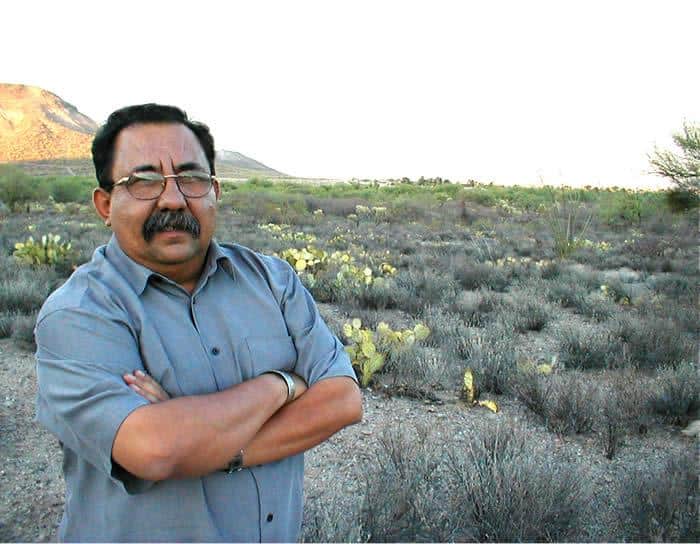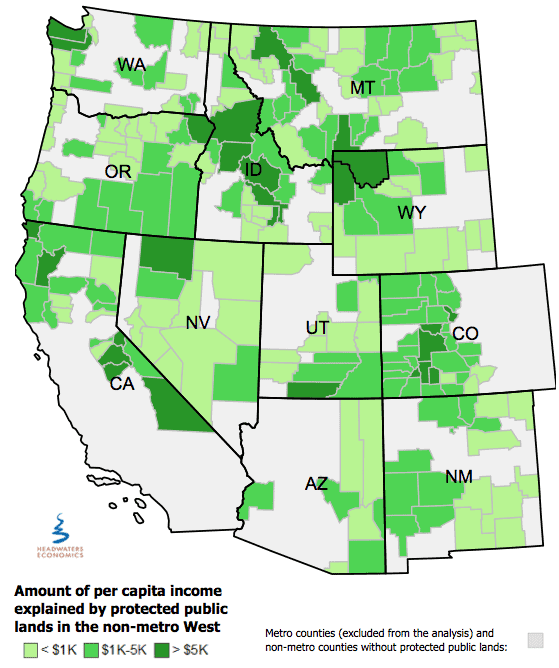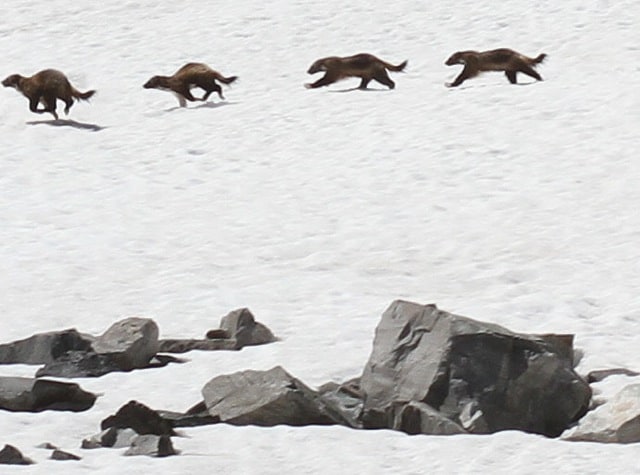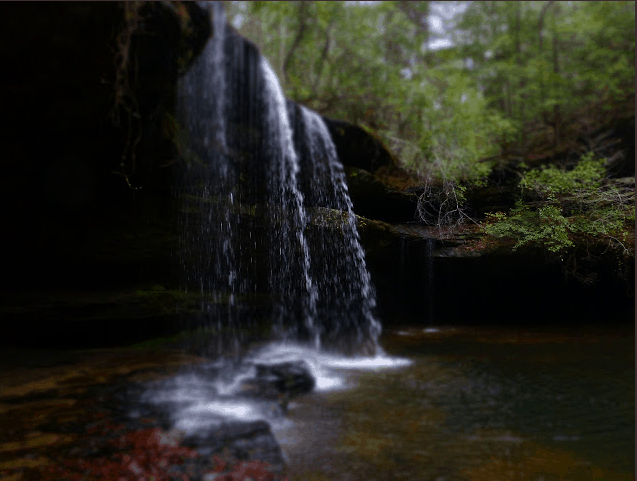
WASHINGTON— In a letter sent today, a broad coalition of 238 conservation, Hispanic, recreation, animal welfare, religious, labor, youth, business and women’s groups urged President Barack Obama to nominate Rep. Raúl Grijalva (D-Ariz.) as the next interior secretary when that position opens. Grijalva is currently ranking member of the House Subcommittee on National Parks, Forests and Public Lands, and a leading Democrat on the House Natural Resources Committee.
The selection of the next interior secretary is “an important moment to place a renewed emphasis and urgency on some of the most critical issues of our age, including climate change, the protection of endangered species and preservation of water and wild lands,” reads the letter. “We strongly believe Congressman Grijalva exemplifies the modern and forward-thinking vision of the Department of the Interior.”
Rudi Navarra, director of Latinos Go Green, said: “Congressman Grijalva would be an excellent secretary of the interior. He understands conservation issues, and would represent all Americans of diverse backgrounds in protecting America’s great wildlife and wild places for generations to come.”
Kierán Suckling, director of the Center for Biological Diversity, said: “Congressman Grijalva’s a visionary leader with the courage and practical skills to solve the long list of pressing environmental issues we face. There’s no better person for interior secretary than Mr. Grijalva.”
Erich Pica, president of Friends of the Earth, said: “Representative Grijalva has long been an environmental leader on the Natural Resources Committee, and his expertise is just what is needed at the Department of the Interior. For too long the oil, mining and coal interests have been at the helm of the Department of the Interior, but Rep. Grijalva would remake the agency to put the American people before polluters.”
Carole King, musician and spokesperson for the Alliance for the Wild Rockies, said: “President Obama is a very smart man who was elected by a broad coalition to accomplish great things. If he nominates Congressman Raúl Grijalva as the next secretary of the interior, he will be choosing a highly qualified, experienced leader who will help him protect America’s public lands, address climate change, and ensure a sustainable economy for future generations.”
Suzan Shown Harjo (Cheyenne & Hodulgee Muscogee), president of The Morning Star Institute, said: “Raúl Grijalva has worked with Native American nations and people for many years. He understands what we face as ancient cultural continuums, as governments and as families. He is brilliant, dedicated and effective at protecting our vital natural resources and national heritage. He is perfect for this job.”
Brock Evans of the Federation of Western Outdoor Clubs, and president of the Endangered Species Coalition, said: “The secretary of the interior is the most important environmental position in the whole U.S. government. Whoever holds this position has tremendous power over wildlife, national parks and wildlife refuges, and many other legal authorities that ensure American environmental health. In the spirit of Teddy Roosevelt, this coalition will continue to insist to the White House that only someone with a strong and proven environmental record should be secretary of the interior.”
Andrew Kimbrell, executive director of Center for Food Safety, said: “As ranking member of the Natural Resources Committee and co-chair of the Congressional Progressive Caucus, Congressman Grijalva has been a strong force for environmental stewardship, protection of public lands and resources, and economic justice. Grijalva’s leadership and thorough understanding of complex issues throughout his tenure in the U.S. House of Representatives makes him the ideal candidate for secretary of the interior.”
The letter with a full list of 238 signatory groups from around the country is available here. The groups include Latinos Go Green, Latina Lista, Ciudadanos Del Karso, Vegabajenos Impulsando Ambiental Sustentable, Center for Biological Diversity, Center for Food Safety, Women Food and Agriculture Network, Friends of the Earth, Rainforest Action Network, American Forests, Labor Network for Sustainability, Federation of Western Outdoor Clubs, Christians Caring for Creation, Public Citizen, Public Employees for Environmental Responsibility, Food and Water Watch, New Mexico Wilderness Alliance, Committee on Idaho’s High Desert, Southwest Montana Wildlands Association, Washington Wild, Wild Utah Project, Wildlife Alliance of Maine, Ohio Valley Environmental Coalition, South Florida Wildlands Association, Tennessee Environmental Council, the Wisconsin Resource Protection Council, the Arizona Wilderness Coalition, Desert Protective Council, Friends of Animals, Great Old Broads for Wilderness, Green Delaware, Kentucky Heartwood, Kids vs. Global Warming, United Church of Christ Network for Environmental & Economic Responsibility, Rocky Mountain Wild, Sea Turtle Conservancy, Tucson Audubon, Utah Physicians for a Healthy Environment, West Virginia Highlands Conservancy, West North Carolina Alliance, Wild Idaho Rising and WildWest Institute.
 Headwaters Economics – a non-profit economic research group based in Bozeman, Montana that specializes in community and economic development – has created an interactive map to show the amount of per capita income explained by protected federal lands for each county in the non-metropolitan western U.S.
Headwaters Economics – a non-profit economic research group based in Bozeman, Montana that specializes in community and economic development – has created an interactive map to show the amount of per capita income explained by protected federal lands for each county in the non-metropolitan western U.S.



